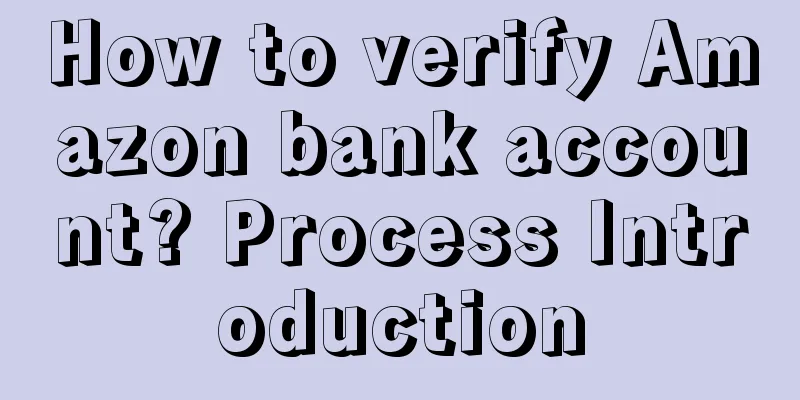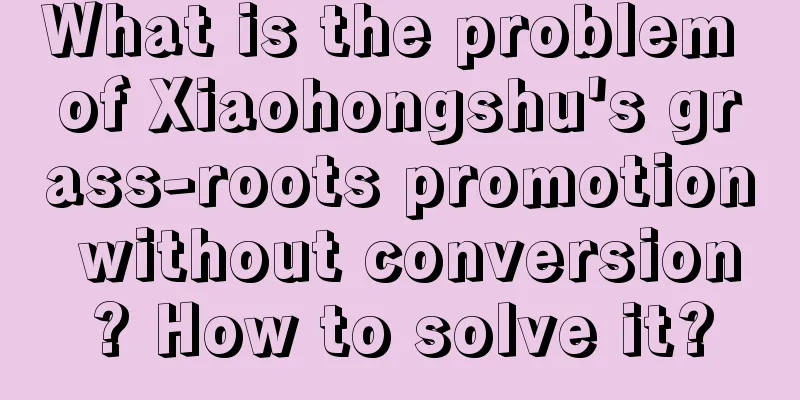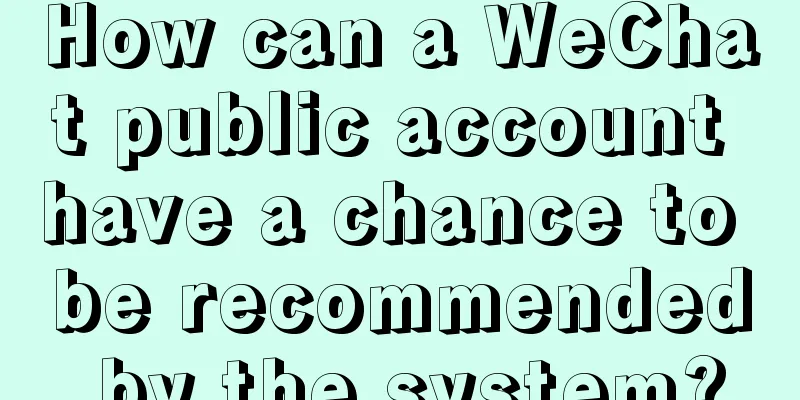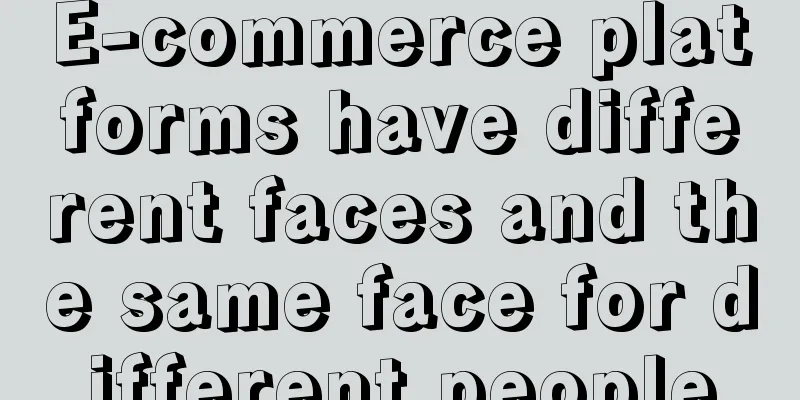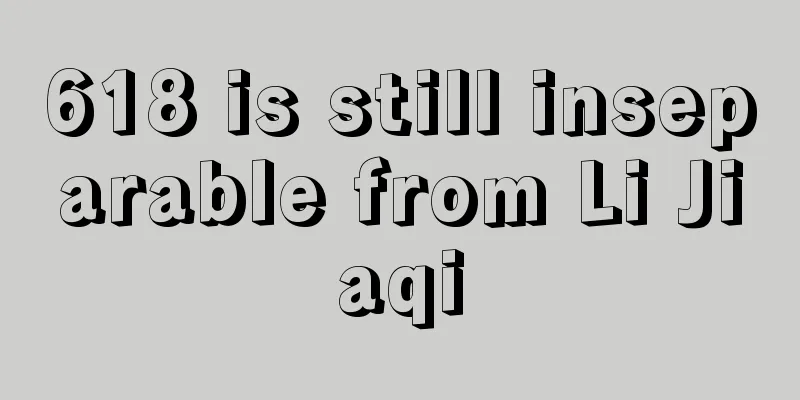Some experience of becoming a million-user
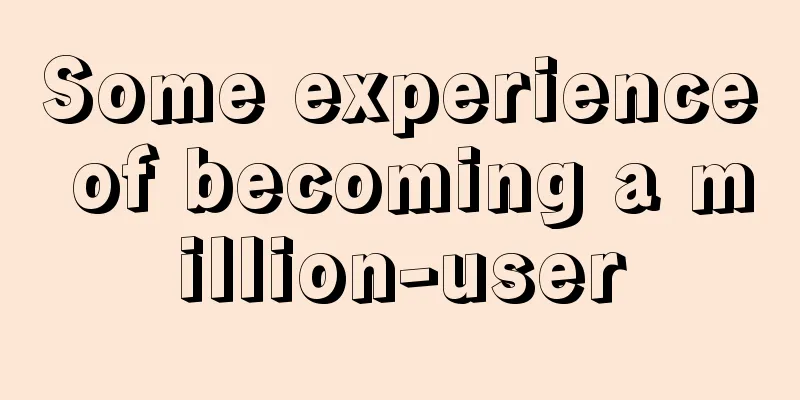
This year, I made two tools with over 100,000 daily active users. Compared to doing several projects on the C-end and losing tens of millions, I personally think it would be safer to enter the To B tool market. Today I want to talk to you about some of my experiences in making tools this year. 1. No matter which field, no matter how big a tool product is, there will always be opportunities for small and medium-sized products to make a living. 2. Don’t underestimate drinking soup. Sometimes the profit from drinking soup is higher than that of some market giants. 3. At any time and in any industry, there will be new tool players entering the market, and the same is true for the To C market. For example, from Taobao to JD.com and then to Pinduoduo, Douyin, Kuaishou, and Xiaohongshu, in fact, new platforms will be born in a few years. 4. Tools are not something we come up with on our own, but are discovered based on user needs and market ecology. For example, in ecosystems such as WeChat, Douyin, and Taobao, many useful tools have been born. Generally speaking, the tools that you come up with by yourself are mostly unworkable. 5. If you want to make a tool, there are three most likely to succeed: One is that the founder and team have rich industry experience The second is that the founder and team have relevant connections and customers The third is that there happens to be an opportunity for an industry to explode, but the third point is still based on the previous two points. 6. When making tools, you will encounter 100s or 1,000s of customers expressing their needs, and there will never be an end to the demands. 7. However, you must not only have your own development rhythm, but also analyze the users' real needs, false needs, high-frequency needs, and low-frequency needs. Not all demands need to be met, and not all demands need to be responded to immediately, otherwise you will be dragged to death. 8. We have met many of the so-called extremely important needs of users, and we vowed that they would definitely be used. But after spending half a month or even a month on it, users may not use it once a month. 9. Serving the needs of core customers is more important than serving the needs of 100 or 1,000 ordinary users. 10. There is no differentiation in making tools in essence. What matters is who can provide faster and better experience. 11. When making a tool, you have to start charging from the first day, no matter if it is a certain function or whether there are free and paid versions, in short, you have to monetize it. 12. The speed of version iteration determines the speed at which a company makes money. 13. For a startup that is making tools, the more people it has, the better. The best configuration is to have less than 10 people. 14. In a tool-making company, there is no operation, and all employees are sales. Products, operations, and technology are all sales. 15. Don’t think about making five or six tools. It is enough to make one tool well first. Don't do anything just because you see a fire. Don't just do what you see others doing. Rather, is your current tool better than others? 16. In a conventional market, making tools requires patience. If you change them after working for three to five months, or even seven to eight months, it will definitely not work. Most of the small and beautiful tools I have seen have only been made for two or three years before they can survive. First, customers have trust, and second, old customers continue to pay. 17. So the premise that comes with it is that if you don’t have the funds to ensure that the team can maintain a tool for one or two years, then don’t do it. Relying on luck as a tool is not a one in nine deaths, but a one in 10,000 deaths. 18. When making small and beautiful tools, pay attention to payment! Especially for tools with high transaction frequency, user complaints directly affect the stability of the platform. 19. When making content-related tools, attention should be paid to content review. All content related to the party, government, military, education, pornography, gambling and drugs should be banned. 20. After the product is stable, you should have matrix thinking. But the matrix is not about entering seven or eight industries, but about thoroughly entering one industry. No industry, small or large, can be satisfied by just one tool. A rich product matrix is the core barrier for building matrix tools. 21. Daily activity of the tool is not important, transactions are important. Instead of focusing on meaningless daily activity, it is better to focus on how much money you earn every day. Well, that’s all I have to share with you for now. I hope friends who are making tools can communicate with me at any time. Author: Village Chief, WeChat public account: Shili Village |
>>: Pinduoduo's internal optimization ideas
Recommend
Analyze the traffic password, allowing you to easily obtain traffic and quickly acquire customers online and offline
In recent years, the cost of acquiring customers h...
A live broadcast earned over a million yuan, has manicure become the latest code for wealth?
Doing nail art through live streaming seems like a...
Do I need to open a company if I want to do cross-border e-commerce? What are the requirements for opening a store?
With the development of globalization and the adva...
A 10,000-word article sharing the complete practical details of e-commerce testing, my personal practice summary version (Part 1)
In the world of e-commerce, product selection and ...
Top 1 in ice cream category, the Hermes of the ice cream industry, how does Zhong Xue Gao manage its private domain operations?
Recently, Zhong Xue Gao launched a low-priced ice ...
How to buy from Lazada China? Can I buy from Lazada in mainland China?
As a cross-border e-commerce platform, the prices ...
Procurement and sales cannot become JD.com’s low-price weapon
JD.com's procurement and sales highlight its s...
Competition among e-commerce companies has led to “refund only”
Why have e-commerce platforms started to implement...
Brand dividend
This article mainly analyzes the eleven elements o...
What kind of careers can cross-border e-commerce companies pursue? What are the prospects for cross-border e-commerce?
There are many merchants doing cross-border e-comm...
How to play the lucky draw notes on Xiaohongshu? Just read this article!
The lucky draw function should be familiar to Xiao...
E-commerce companies are scrambling to get billions of subsidies, so why are refunds automatically issued?
This article mainly discusses the automatic refund...
Can I still use my Facebook account after I cancel it? What does it mean when my Facebook account is deactivated?
Now more and more people are considering canceling...
Dong Yuhui is the "spiritual successor" to Yu Minhong
The transformation of Oriental Selection and Dong ...
What does cross-border VAT mean? Do I need to pay for VAT registration and declaration?
Cross-border e-commerce is very popular now. If we...
